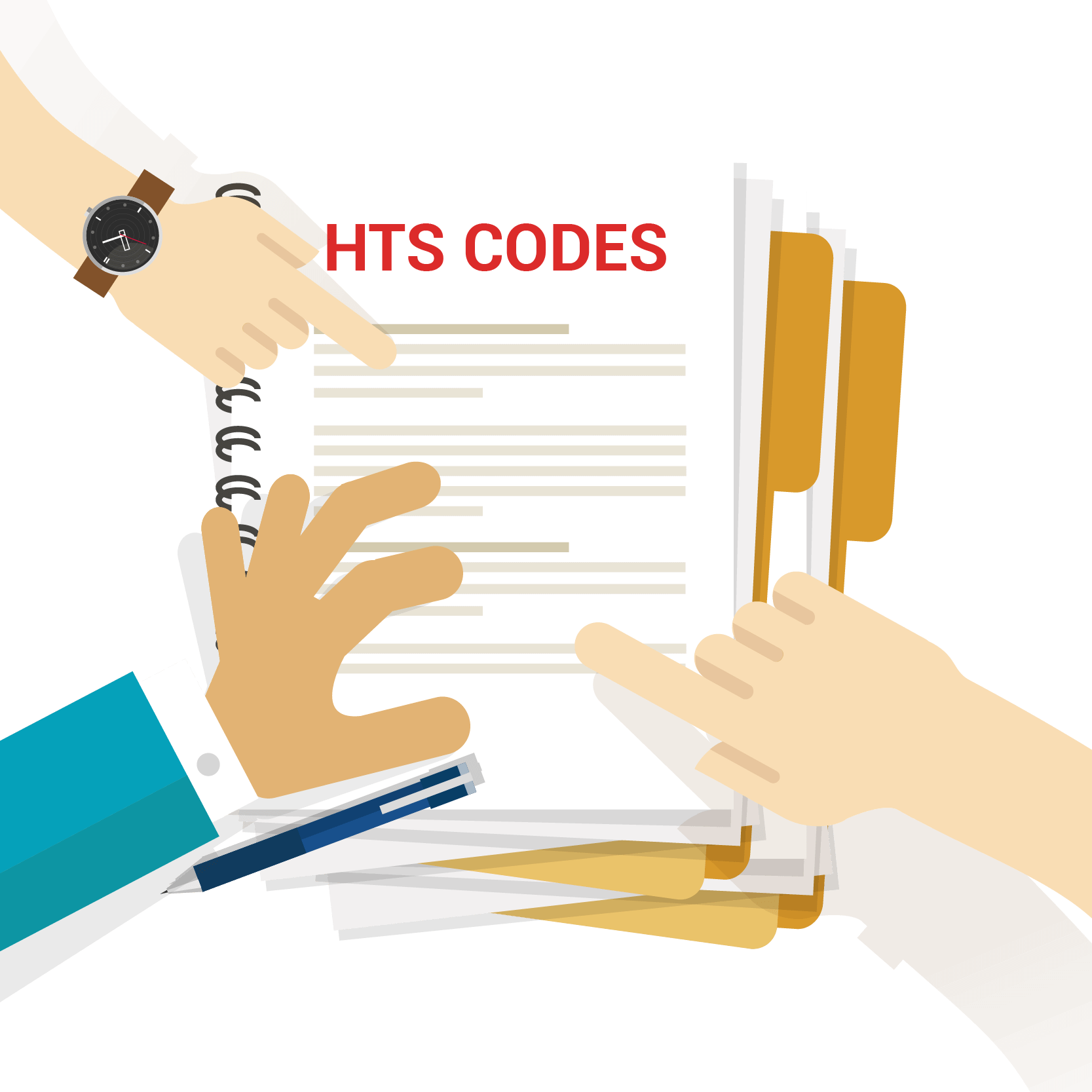Still Exploring?
Looks like you’ve been exploring our platform.
Want to see everything in one place?


The first six digits of an HTS code are the HS code used globally, and the last four are U.S.-specific to further classify products and define duty rates. The various digits of the numbered code specify categories, product types, and use case or materials.


Harmonized Tariff Schedule codes are used in the U.S. to classify a product correctly. These classifications are often used in conjunction with country of origin certificates for calculating tariffs and customs duties, which are based on the specifics of a product.
Companies may collect country of origin certificates and HTS code data to maximize the use of free trade agreements and tariff exemptions, and avoid penalties. Tracking HTS codes also allows companies to adapt to tariff fee schedule changes, ensuring they can maintain market access and consistently cost raw materials. United States Customs and Border Protection staff review HTS codes and country of origin data during audits to determine fines issued for non-compliance.
Understand how to maximize the use of HTS codes in a trade compliance program in our guide, Harmonized Tariff Schedule Codes: Avoiding Unexpected Tariffs.
Download Guide



All shipments imported into the U.S. require an HTS code in order to clear customs and enter the country.
Assent’s Trade Compliance and Origin Module: